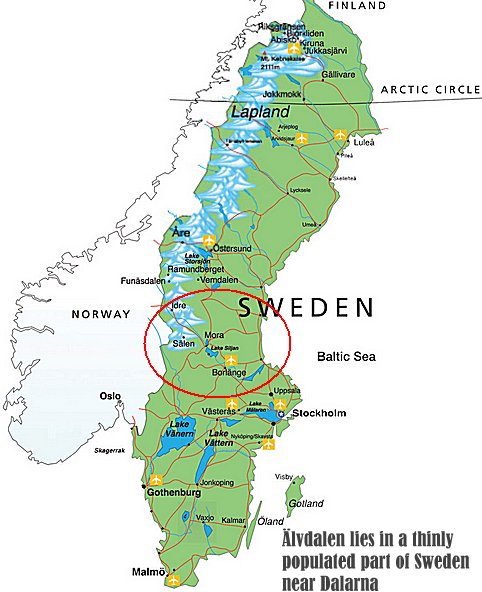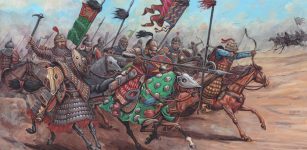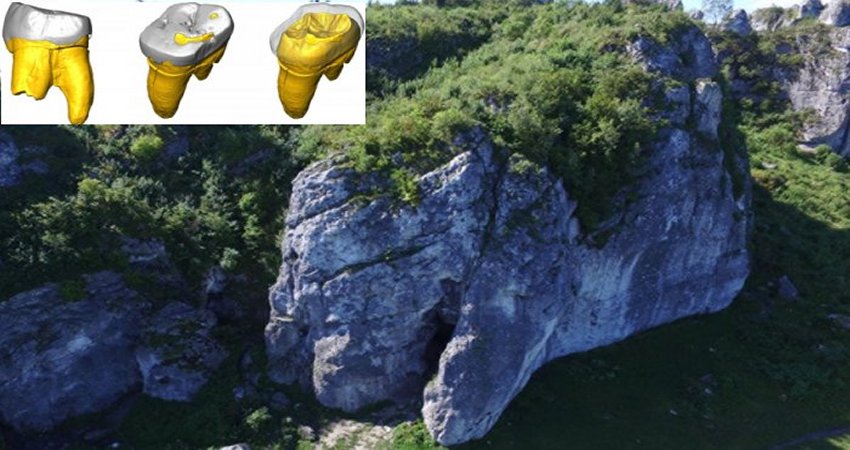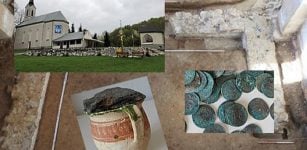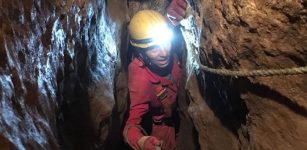Preserve Elfdalian: Sweden’s Secret Forest Language From The Viking-Era
MessageToEagle.com – Elfdalian (in Swedish: Älvdalska) is a very ancient relative of Swedish (maybe even more ‘Swedish’ than it is spoken today).
Some call it a dialect but most linguists would agree that it’s more complicated than that.
Elfdalian is spoken in the area in northwestern Dalarna at least since the Viking era, almost a kind of ancient Swedish than anything else.
In this remote part of Sweden people used runes until just a hundred years ago.
Most people associate runes with the Viking age but in Älvdalen in western Sweden, the local population continued to use runes for centuries after the ancient written language had been abandoned by the rest of Scandinavia.
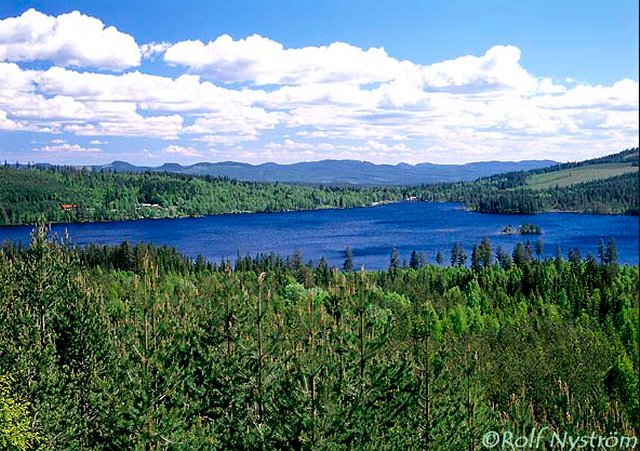
Hidden deep in the Swedish forests the runes were allowed to live on until the early 20th century, just as the inhabitants retained their very special language Elfdalian which is considered a veritable treasure chest for Scandinavian linguists.
“Älvdalen really is something very special. Firstly, because they speak an unique old Norse tongue and also because they used runes until a hundred years ago. It’s absolutely fascinating,” says Michael Lerche Nielsen, an assistant professor at the Department of Nordic Research at the University of Copenhagen.
The runic script was the dominant written language in Denmark and the rest of Scandinavia until the advent of Christianity in the ninth and tenth century introduced the Latin alphabet.
By the 15th century the Latin alphabet had almost wiped out the use of runes – but not in Älvdalen. Here, the Swedish linguist Henrik Rosenkvist recently saw a letter dated 1906 written partly in runes.
“The runes we see in Älvdalen are probably the most recent use of the script we know of. Runes otherwise died out in the Middle Ages so their use in so recent times is exceptional,” says Rosenkvist who speaks and studies the unique language spoken in Älvdalen.
According to Nielsen the runes in Älvdalen were most commonly found on houses and inscribed in furniture.

“The use of runes in Scandinavia gradually ceased during the 15th century. There are the odd areas of Gotland in Sweden and in Iceland where the rune tradition survived until the 17th century, but in Älvdalen their use was widespread until the early 20th century,” he says.
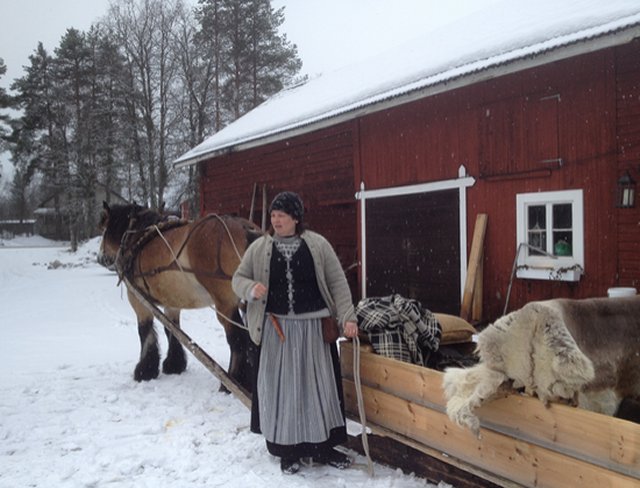
In addition to this, they were also engraved into ’message blades’ which were sticks of wood that were circulated among the farms in the area.
“The people who herded the cattle up in the mountains would write messages to each other in runes,” says Nielsen.
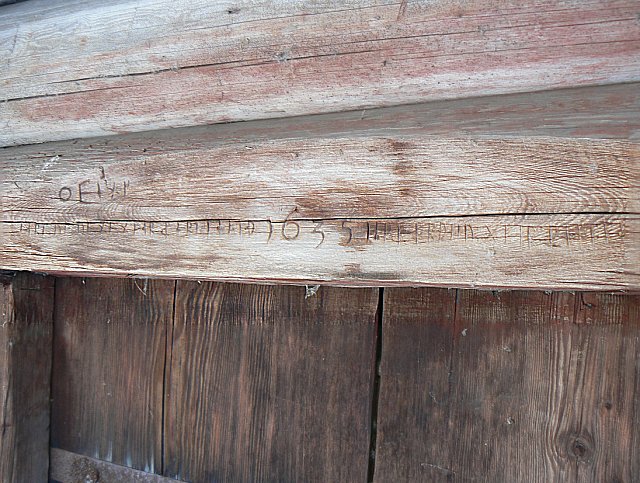
The landscape surrounding Älvdalen effectively cuts the community off from the rest of Sweden by mountains, forests, and lakes.
It was precisely the area’s isolation from the rest of the country that lies behind the survival of the runes and the unique language — while the rest of the country was flooded by the Latin alphabet, Germanic words, and modern Rikssvensk.
“Älvdalen lies extremely deep within the Swedish forests and mountains. You can get there by boat up the river, Dalälven — a journey of more than 100 kilometres — and getting there and back used to be quite an expedition.
So people in the area weren’t particularly mobile and were able to preserve this very special culture, considered in Sweden to be extremely traditional and old fashioned,” says Nielsen.
People in Älvdalen are a little conservative — in a good way. They kept themselves very much to themselves,” says Rosenkvist.
“Another important reason is that sending your children to school wasn’t obligatory in Sweden. Until the mid-19th century, many children didn’t attend school and until then, people simply kept on using the runes as their written language. When they started going to school, however, they only ever used the Latin alphabet and the use of runes gradually died out,” he says.
MessageToEagle.com
References:
Dalmålsakademin
Science Nordic

